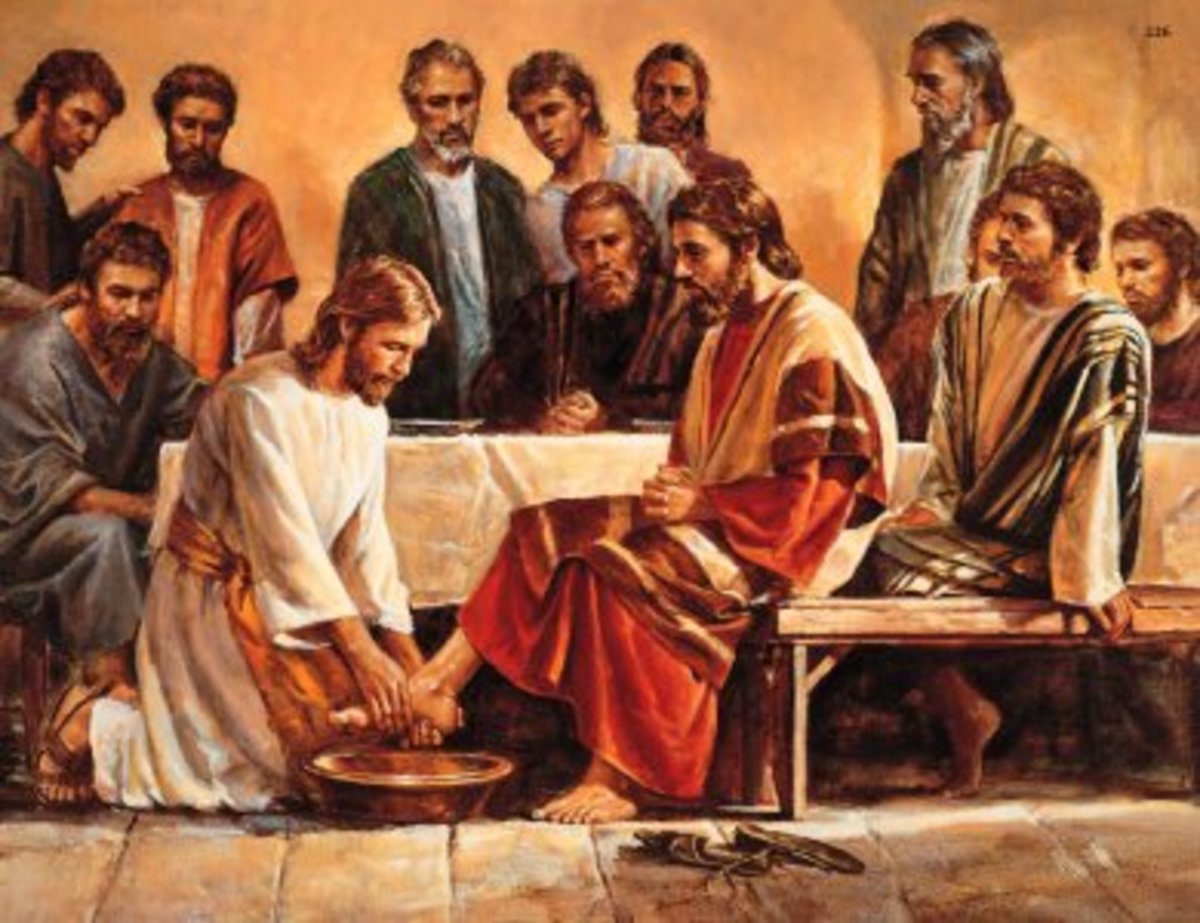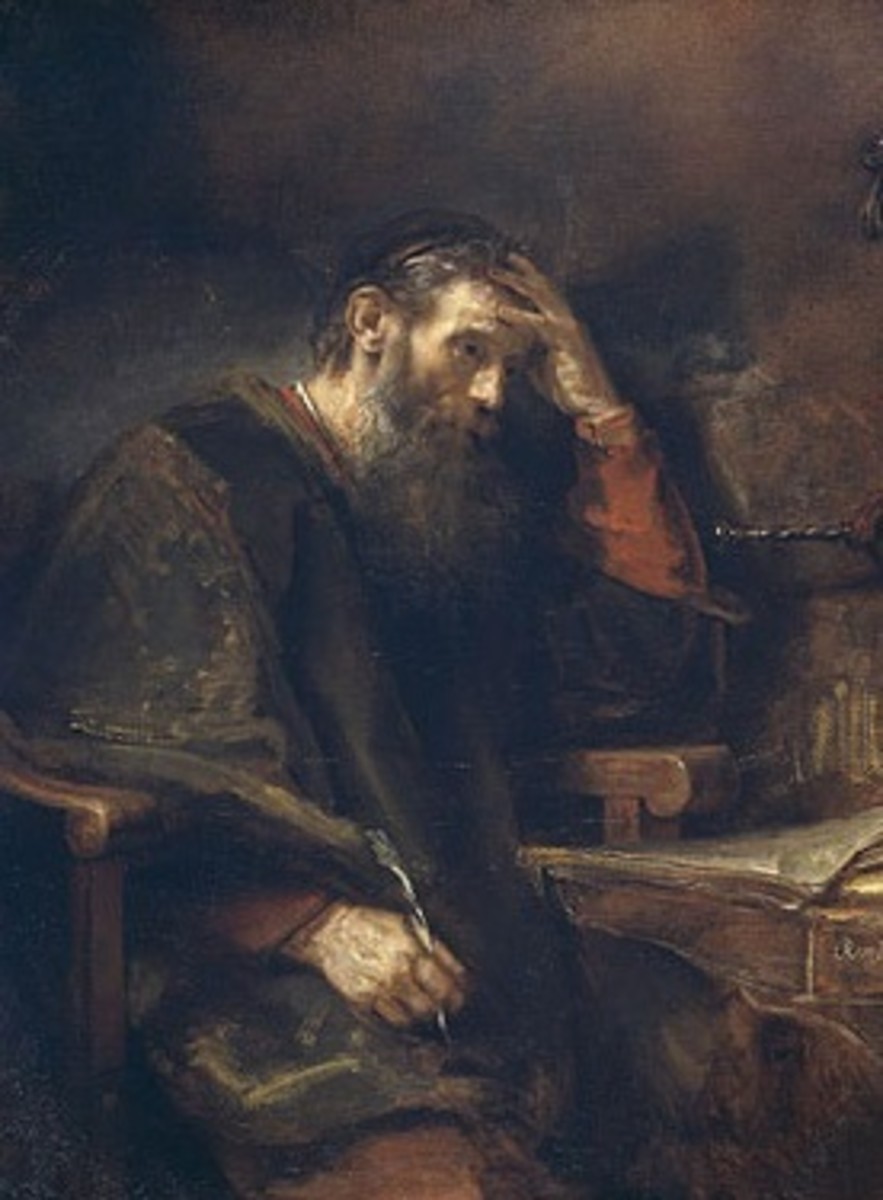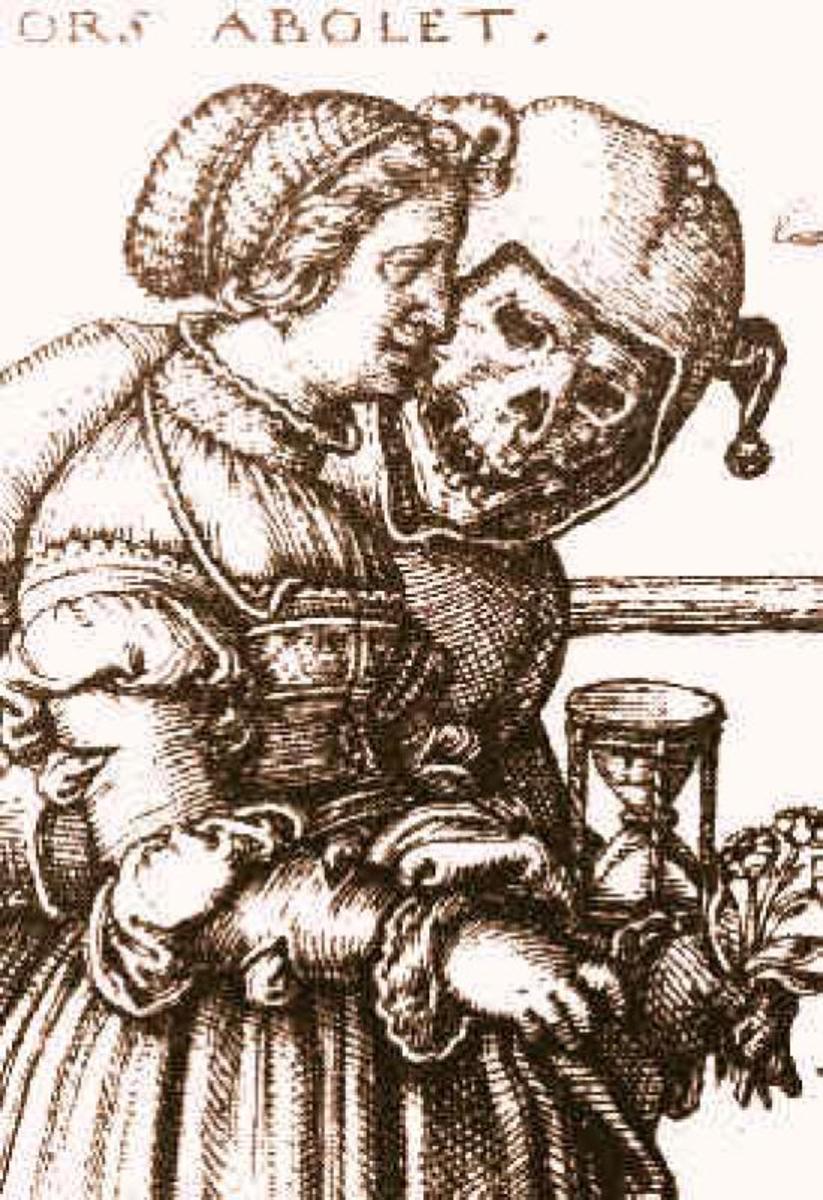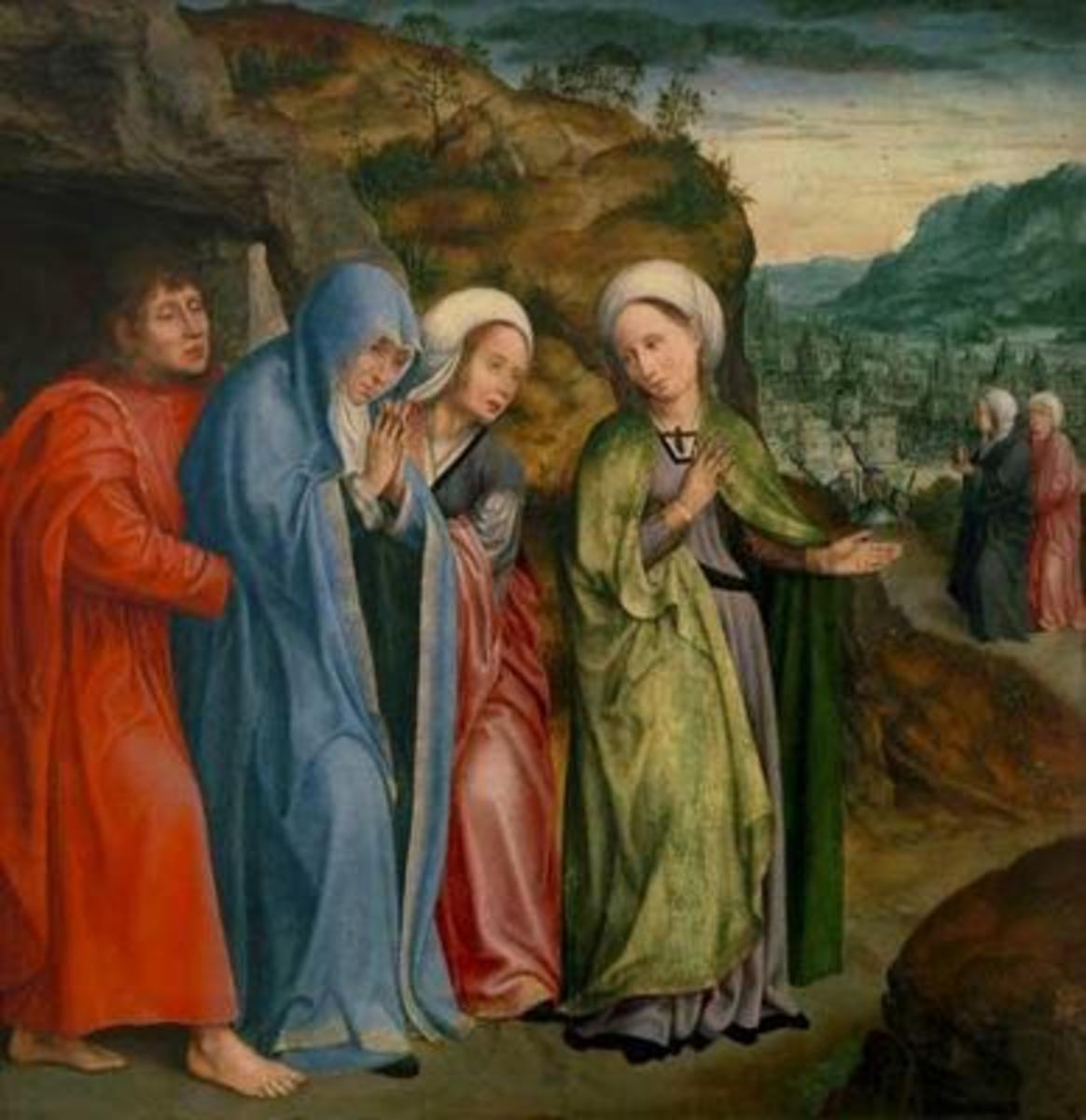Bible: What Does John 1:19-51 Teach Us About the Calling of Jesus' Apostles?
The Apostle John

John the Baptizer
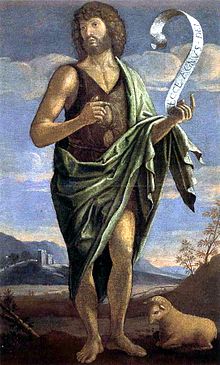
Revelation Regarding Jesus
view quiz statisticsThe Apostle John's Narrative
Now John begins his narrative, recounting the testimony of the Baptizer before messengers from the Jewish leadership who inquire about his identity (v. 19).
Denying for himself both Messiahship (v. 20) and the role of either Elijah or the Prophet (v. 21), the Baptizer quotes Isaiah 40:3--a verse clearly but metaphorically stating his purpose as the voice of a forerunner who prepares the nation to receive its King by calling the people to repent of their sins (v. 23).
[According to Malachi 4:5, Elijah will appear on Earth before the judgments during the “Day of the LORD.”
“The Prophet” refers to the Person about whom Moses wrote in Deuteronomy 18:15, 18.
The Jews mistakenly understood this latter man to be someone other than the Messiah.]
Having heard this response, the envoys from the Pharisees ask John to identify the source of his authority (vv. 24-25).
He informs them about a greater Man, yet undisclosed to them, Whom he knows he is unworthy to serve (vv. 26-27).
This interview takes place in Bethany “beyond the Jordan” where John was baptizing (v. 28).
Apparently as John is immersing sinners on the next day, he sees Jesus approaching him.
Speaking to those within hearing distance, the Baptizer announces both Christ’s identity (“the Lamb of God”) and His purpose in life (“who takes away the sin of the world!”) [v. 29]
[His reference to the “Lamb of God” would immediately register with the people of that culture as an allusion to the Passover lamb that the Jews kill each year to commemorate Israel’s deliverance from Egyptian slavery.]
A third time John reiterates the fact of Jesus’ preeminence (v. 30; cf. vv. 15, 27), and explains the purpose of his baptizing ministry: to reveal the Messiah to Israel in a public display (v. 31).
It seems interesting that this holy man did not recognize Jesus, his own cousin, as the Messiah until he saw the “Spirit descending from heaven like a dove” and remaining on Him (v. 32).
A second time John confesses that he needed verbal revelation and illumination from the Father in order to know that Jesus would “baptize with the Holy Spirit” (v. 33) and that He is the Son of God (v. 34).
[Just as Peter required the Father to reveal Christ’s identity to him (Matthew 16), so John the Baptist needed the same divine ministry to come to know Him.
Apart from such, mankind cannot know God spiritually.]
Apostles Peter and Andrew
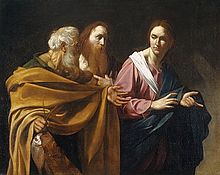
Jesus' Name for Peter
view quiz statisticsAnother day passes, and John points out “The Lamb of God” to two of his own disciples (vv. 35-36).
[Later, John verbally expresses the godly attitude that his actions exemplify here: “He must increase, but I must decrease (3:30).]
These two men take heed to John’s word and follow after the Lord (v. 37).
One of these disciples is Andrew, Simon Peter’s brother; the other man the writer (the apostle John) leaves unnamed (v. 40).
Jesus’ question to them (“What do you seek?”) seems to zero in on uncovering their motive for following Him.
He seems to imply, “If you are looking to glorify yourselves in the kingdom, you’re following me for the wrong reason.”
Their response (“Rabbi, where are You staying?”) appears equally nebulous, but seems to suggest their intention to commit themselves to Him and His cause (v. 38).
He accepts this answer, and they stay with Him (wherever that was) for the rest of that day (according to Ryrie, from 10 a.m. [Roman time] or 4 p.m. [Jewish time]) [v. 39].
Andrew seeks out Simon to tell him that he has found the Christ; subsequently, he introduces him to the Lord (vv. 41-42a).
At this point, Jesus, recognizing Simon’s rock-like strength of character, designates him Cephas (“a stone”) [v. 42b].
[Christ, as his Creator, knows Peter thoroughly; He understands both his potential (both strengths and weaknesses) and his destiny (what he would eventually become) [cf. Mt. 16:16].]
The Apostle Philip
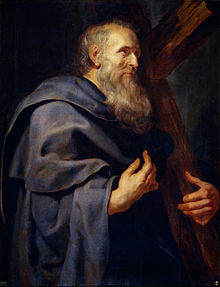
John, the writer, continues to report events day by day (v. 43).
He indicates next that while in Bethsaida, Andrew and Peter’s hometown, Jesus chooses yet another apostle, Philip (v. 44).
Philip, perhaps following Andrew’s example, informs Nathanael (called Bartholomew in Matthew 10:3, Mark 3:18 and Luke 6:14) about Jesus.
Although he does not blurt out, “Jesus is the Messiah,” his words imply that he believes as much, since he speaks of Jesus as the fulfillment of the writings of Moses and the prophets (v. 45a).
Apostles John and Nathanael/Bartholemew
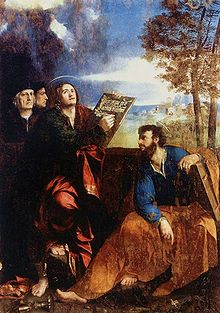
When Philip mentions that the Lord’s hometown is Nazareth, Nathanael, knowing the town’s less than stellar reputation, skeptically questions whether any good person can reside in that place (v. 46).
Upon meeting Him, however, Nathanael soon learns that Jesus was the exception to the rule.
Christ’s cryptic characterization of Nathanael (“an Israelite indeed in whom is no deceit”) must identify this young man (whom He had never met before) in some way that shows His omniscience, for Nathanael asks Him how He knows him (v. 47).
Perhaps while Nathanael stood under the fig tree, he said or did something that showed his sterling character; as the omnipresent God, Jesus “saw” what he had said or done (v. 48).
This display convinces Nathanael to confess Jesus not only as “Rabbi,” but also as “the Son of God” and “the King of Israel” (v. 49)
[See Ryrie, New Testament Study Bible, 164 for explanations of these titles.]
Christ promises Nathanael that he will see greater signs than what he had seen thus far, including witnessing “heaven open, and the angels of God ascending and descending upon the Son of Man” (vv. 50-51).
[This reference recalls Jacob’s dream in which he saw angels performing this activity.
The “ladder” provided the means by which heaven and earth were linked, for God stood at its zenith and Jacob slept on Earth at its nadir.
Therefore, in some way Nathanael will see angels ministering to Jesus, the Messianic Son of Man.]
© 2014 glynch1

